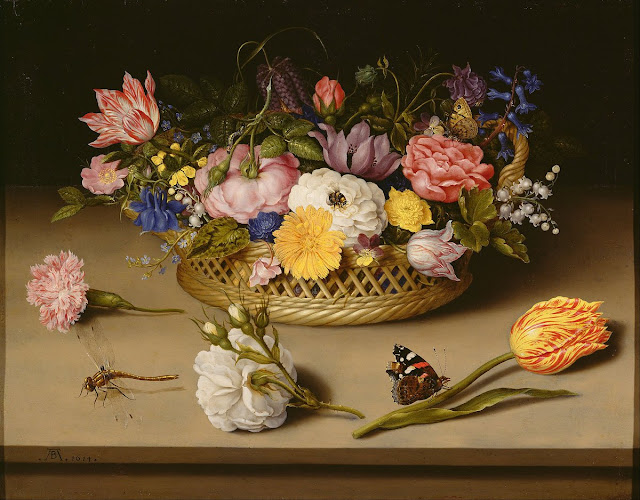The Long 17th Century: A Cornucopia of Early Keyboard Music
Occasionally an artist will construct a programme for a concert or a recording project that illuminates and instructs at a very high level, providing an aesthetic and scholarly experience that rivals the performance itself. Pianist Daniel-Ben Pienaar has provided just this in his new two-disc album of music from the "Long 17th Century." "Perhaps a sensibility informed by the combined push-and-pull of present and past", he says, "is fundamental to finding common ground with the music of the 17th century now; that is, as a departure point for making the music familiar but also contemporary to us – and not a mere theme-park visit to a distant world."
Variety is one of the key concepts here: Pienaar has chosen for his Cornucopia 36 works by 36 different composers. But it's the common ground within this broad musical array that allows Pienaar to build a programme of similarly-sounding music written in the period from the last three decades of the 1500s, the entire 1600s, to the beginning of the 1700s. His version of the "Long 17th Century" is thus analogous to popular music in the 1950s extending into the pre-Beatles Sixties: the motto of Spielberg's American Graffiti was "Where were you in '62?"
A number of these composers are at least fairly well-known - Peter Philips, Matthew Locke, Georg Muffat, Giles Farnaby, William Byrd, Dietrich Buxtehude, John Bull. But there are also many names that are completely new to me: Pablo Bruna, John Coprario, Juan Bautista Cabanilles, Antonio Correa Braga, Gaspard Le Roux. Pienaar draws a parallel between the modernizing tendencies of the 17th century and his own adaptations of the music for the modern piano, referring to "the pragmatic and free-spirited tradition not only of the 17th century but also of our own time." This project is a model for scholarly presentation, but it has the freshness & verve of a couple of long sets in a jazz club.
Thomas Tompkin's "A Sad Pavan for these distracted times" is a sad little piece with a perfect title, which echoes back and forth through the centuries. It made me think of T. S. Eliot's Burnt Norton:
Neither plenitude nor vacancy. Only a flickerThis album can act as a soundtrack for 2020, as we all dodge the distractions of our over-busy lives and our over-watched screens. It might help, or so one hopes, to bring meaning and the consolations of true art to our lives, "whirled by the cold wind."
Over the strained time-ridden faces
Distracted from distraction by distraction
Filled with fancies and empty of meaning
Tumid apathy with no concentration
Men and bits of paper, whirled by the cold wind
That blows before and after time,
Wind in and out of unwholesome lungs
Time before time and after.
This album will be released on February 7, 2020.













































